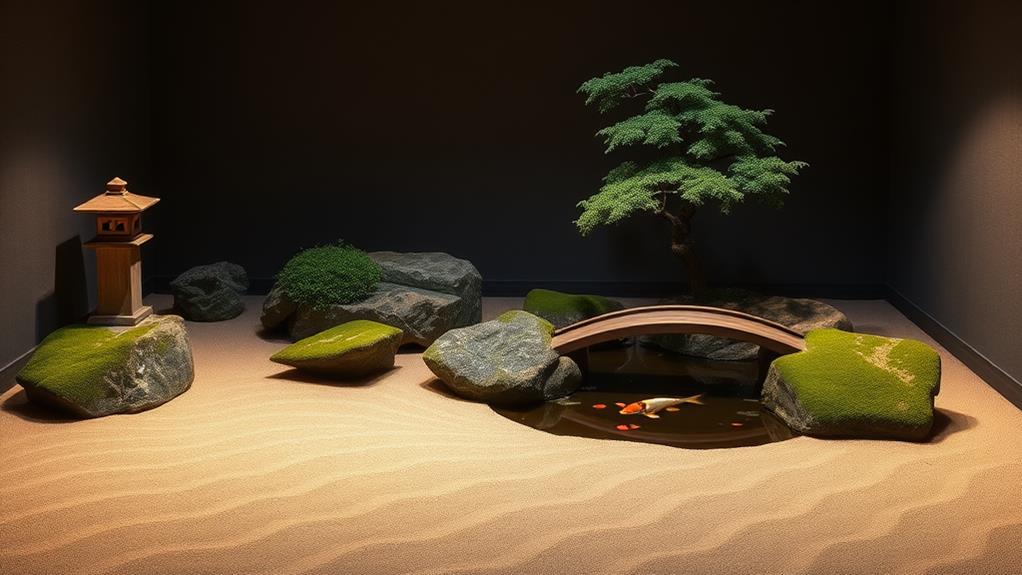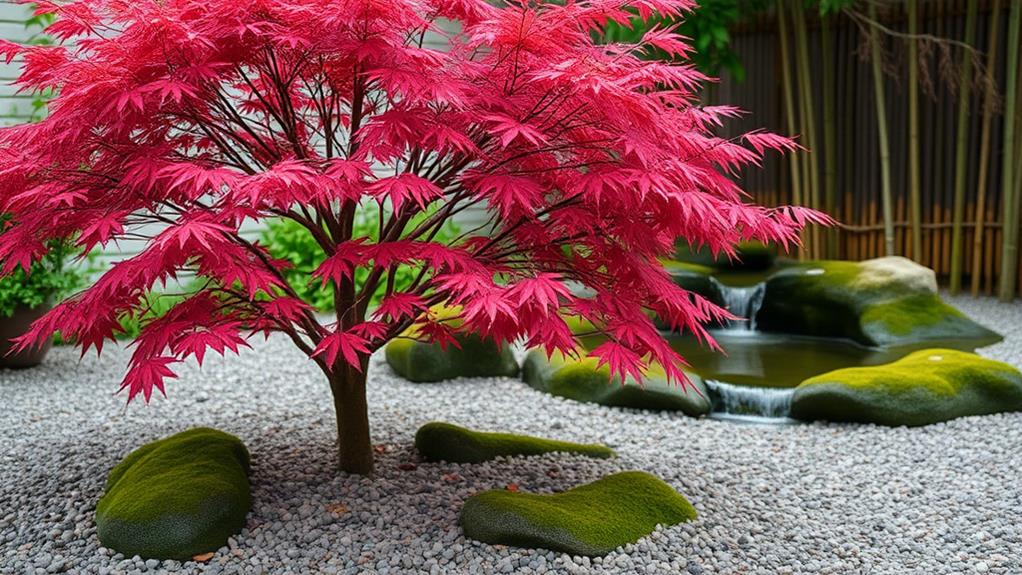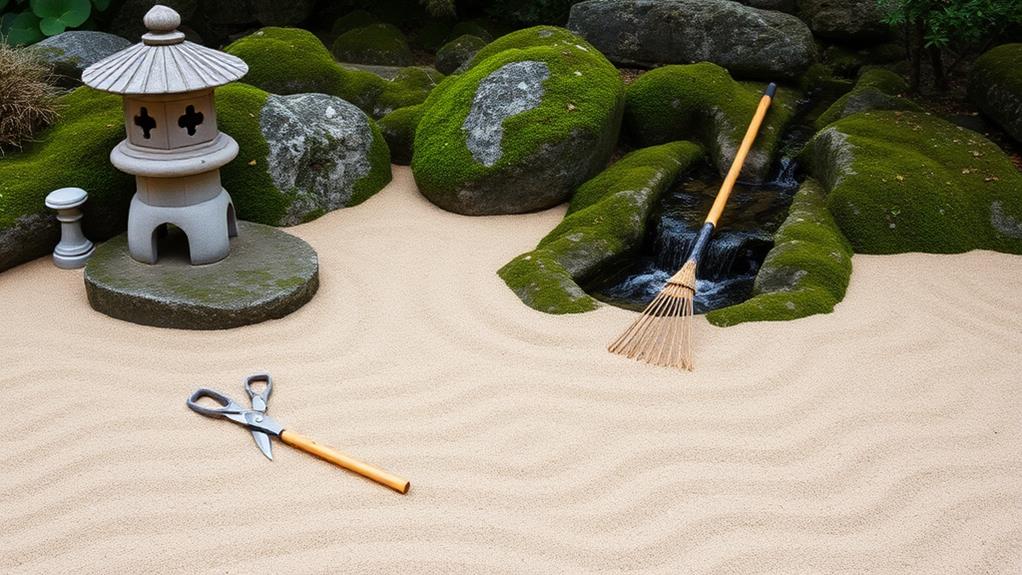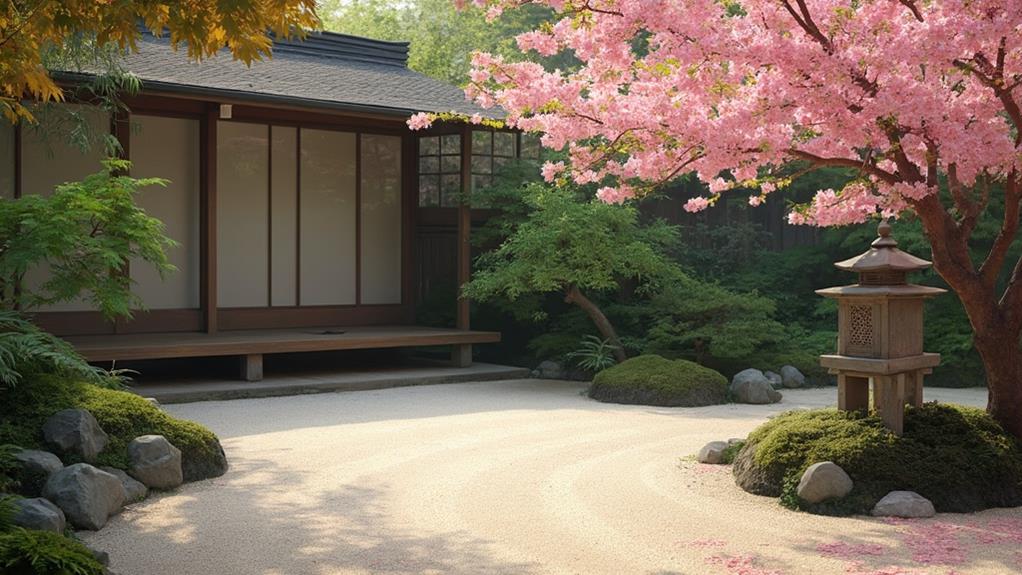Zen garden renovations transform outdoor spaces into tranquil retreats, focusing on key elements like carefully arranged rocks, raked gravel, and minimalist plantings. Planning involves assessing available space, creating a detailed layout, and considering budget and local regulations. Suitable plants include evergreens, Japanese maples, and ground covers, while water features like cascading fountains or koi ponds add calming auditory elements. Proper maintenance, such as regular raking and pruning, is essential to preserve the garden's intended aesthetic and promote relaxation. By incorporating these principles, homeowners can create a serene oasis that offers a respite from daily stresses and fosters mindfulness in their own backyard.
Key Elements of Zen Gardens

In traditional Japanese Zen gardens, several key elements work together to create a serene and meditative atmosphere. These essential components include carefully arranged rocks, raked gravel or sand, minimalist plant selections, and water features.
Rocks, often representing mountains or islands, are strategically placed to create a sense of balance and harmony. The gravel or sand, meticulously raked into patterns resembling ripples or waves, symbolizes water and adds a dynamic element to the garden.
Plants are used sparingly, with an emphasis on evergreens, mosses, and carefully pruned trees to maintain a sense of simplicity and timelessness.
Water features, such as small ponds or gentle streams, introduce a calming auditory element and reflect the surrounding landscape. Other common elements include stone lanterns, which provide soft illumination and aesthetic appeal, and bamboo fences or walls that create a sense of enclosure and privacy.
The careful arrangement of these elements aims to evoke a contemplative state, encouraging visitors to slow down, observe, and reflect. By incorporating these key components, a Zen garden becomes a powerful tool for meditation and stress relief in today's hectic world.
Planning Your Zen Renovation
Embarking on a Zen garden renovation requires careful planning and consideration. Begin by assessing your available space and determining the garden's primary purpose, whether for meditation, relaxation, or visual enjoyment. Create a detailed layout, incorporating essential Zen elements such as rocks, sand, water features, and carefully selected plants.
Consider your budget and timeline, factoring in costs for materials, labor, and ongoing maintenance. Research local zoning laws and obtain necessary permits before starting work. Evaluate your site's natural features, including sunlight exposure, drainage patterns, and existing vegetation, to inform your design choices.
Select materials that align with Zen principles, prioritizing natural textures and muted colors. Plan for proper irrigation and lighting systems to enhance the garden's functionality and ambiance. Consider engaging a landscape architect or Zen garden specialist to refine your vision and ensure authenticity.
Develop a phased approach if budget or time constraints exist, focusing on key elements first and expanding gradually. Finally, create a maintenance plan to preserve your Zen garden's serenity and beauty long after the renovation is complete.
Choosing Suitable Plants

Selecting appropriate plants is crucial for creating an authentic Zen garden atmosphere. Traditional Japanese gardens favor simple, clean lines and minimal ornamentation, so choose plants that embody these principles.
Evergreen shrubs like Japanese yew, boxwood, and juniper provide year-round structure and can be pruned into precise shapes. For vertical interest, consider bamboo or Japanese maples, which offer elegant silhouettes and seasonal color changes.
Ground cover plants like moss, dwarf mondo grass, or creeping thyme can soften pathways and create a lush, green carpet. Ornamental grasses, such as Japanese forest grass or hakone grass, add movement and texture to the garden. For pops of color, incorporate carefully placed flowering plants like azaleas, camellias, or Japanese irises.
When selecting plants, prioritize those that require minimal maintenance and can withstand local climate conditions. Group plants with similar water and sunlight needs to simplify care. Remember that in Zen garden design, less is often more. Use restraint in plant selection and arrangement to maintain a sense of tranquility and balance in your outdoor retreat.
Incorporating Water Features
Water features' presence in a Zen garden is essential for creating a sense of tranquility and balance. These elements not only provide soothing sounds but also represent the flow of life and nature. When incorporating water features, consider options such as cascading fountains, koi ponds, or simple stone basins.
A cascading fountain can serve as a focal point, offering a gentle waterfall effect that promotes relaxation. Koi ponds introduce living elements and add visual interest, while stone basins filled with water create a minimalist aesthetic. Choose materials that complement the garden's overall design, such as natural stone or bamboo.
When positioning water features, consider the garden's layout and circulation paths. Ensure the sound of flowing water can be heard from seating areas without overpowering the space. Proper filtration and maintenance systems are crucial for keeping water features clean and functional.
Lighting can enhance the water feature's impact, creating a mesmerizing ambiance during evening hours. Consider underwater lights for ponds or subtle illumination for fountains. By thoughtfully incorporating water features, you can elevate your Zen garden's tranquil atmosphere and create a more immersive experience for visitors.
Maintaining Your Zen Retreat

With the elements of your Zen garden in place, including carefully chosen water features, attention must shift to maintaining this serene retreat. Regular upkeep is essential to preserve the tranquil atmosphere and aesthetic appeal of your Zen garden. Begin by establishing a routine for basic tasks such as raking gravel, pruning plants, and cleaning water features.
Raking the gravel or sand in your garden is a meditative practice that also maintains its pristine appearance. Use a wooden rake to create patterns that enhance the garden's visual appeal and symbolism.
Pruning is crucial for controlling plant growth and maintaining the garden's minimalist design. Trim trees, shrubs, and ornamental grasses to preserve their intended shapes and prevent overgrowth.
Water features require regular cleaning to prevent algae growth and maintain water clarity. Check pumps and filters periodically, and remove debris from ponds or fountains. In autumn, remove fallen leaves to prevent decay and discoloration. During winter, protect delicate plants and drain water features if necessary to prevent freezing damage.
Frequently Asked Questions
How Much Does a Typical Zen Garden Renovation Cost?
The cost of a typical zen garden renovation varies widely depending on factors such as size, materials, and design complexity. Generally, homeowners can expect to invest between $3,000 and $30,000 for a professionally designed and installed zen garden.
Can Zen Gardens Be Created in Small Urban Spaces?
Like a serene oasis in a concrete jungle, zen gardens can indeed flourish in small urban spaces. With creative design and careful planning, even compact areas can be transformed into tranquil retreats using minimalist elements and thoughtful landscaping techniques.
Are There Any Feng Shui Principles to Consider in Zen Garden Design?
Feng shui principles can be incorporated into zen garden design. Key considerations include balancing elements, creating flow, using appropriate colors, and positioning features to promote harmony. These principles can enhance the garden's tranquility and positive energy.
How Long Does It Take to Complete a Zen Garden Renovation?
The duration of a zen garden renovation varies depending on size, complexity, and desired features. A small project may take a few days, while larger transformations can span several weeks to months for intricate designs and installations.
Can Artificial Materials Be Used in Authentic Zen Garden Designs?
Artificial materials can be incorporated into authentic Zen garden designs, provided they align with the principles of simplicity and harmony. Modern interpretations often use synthetic elements like composite decking or artificial rocks to achieve a low-maintenance, durable aesthetic.
Conclusion
Zen garden renovations offer a path to creating serene outdoor spaces that foster mindfulness and tranquility. By carefully incorporating key elements, thoughtful planning, appropriate plant selection, and soothing water features, homeowners can transform their yards into peaceful retreats. But what truly sets a Zen garden apart? It is the ongoing commitment to maintenance and mindful care that preserves its essence. With proper attention and dedication, a Zen garden becomes a living sanctuary, inviting reflection and harmony into daily life.

